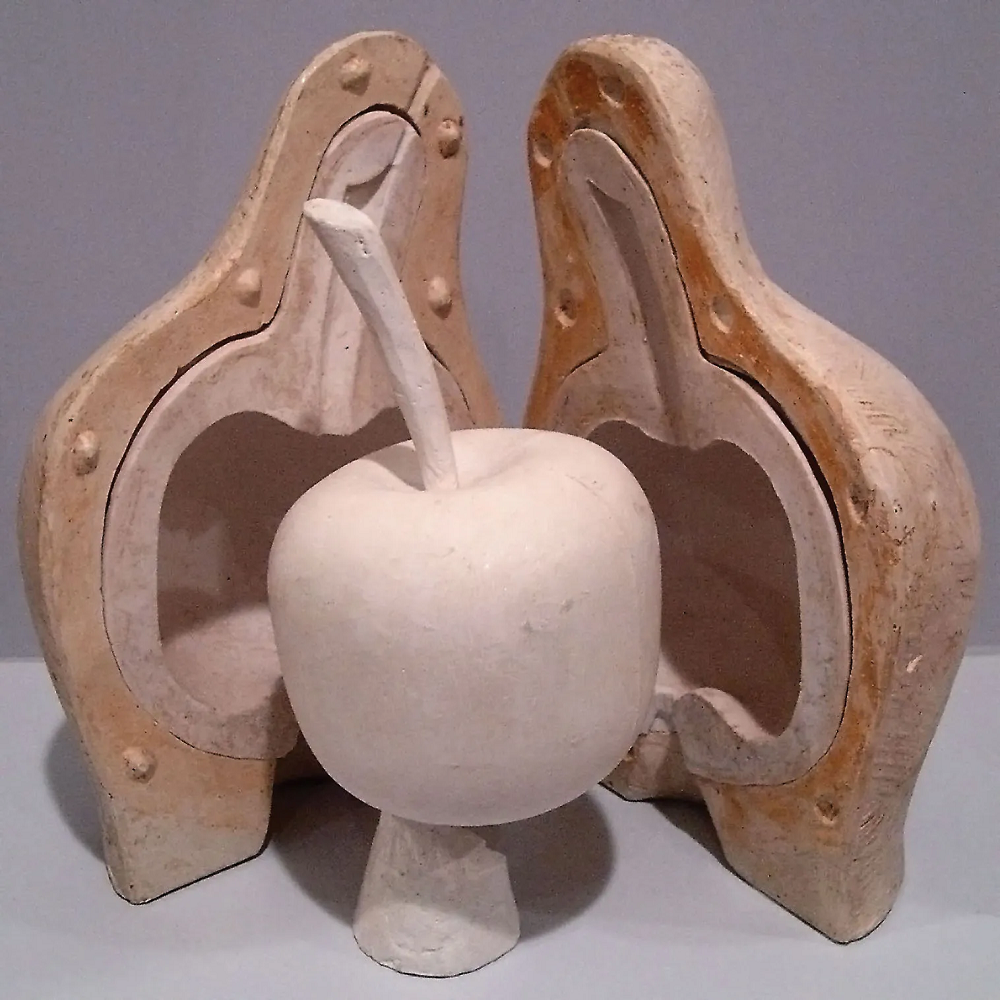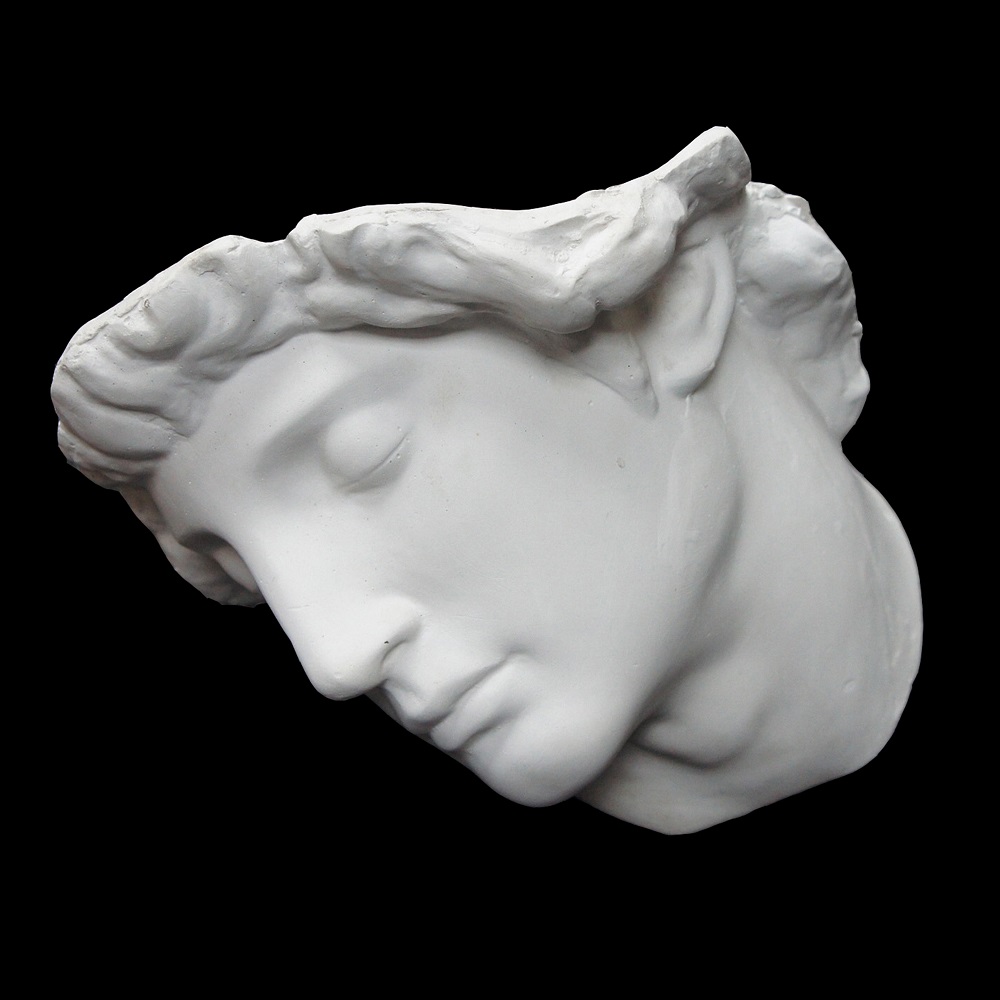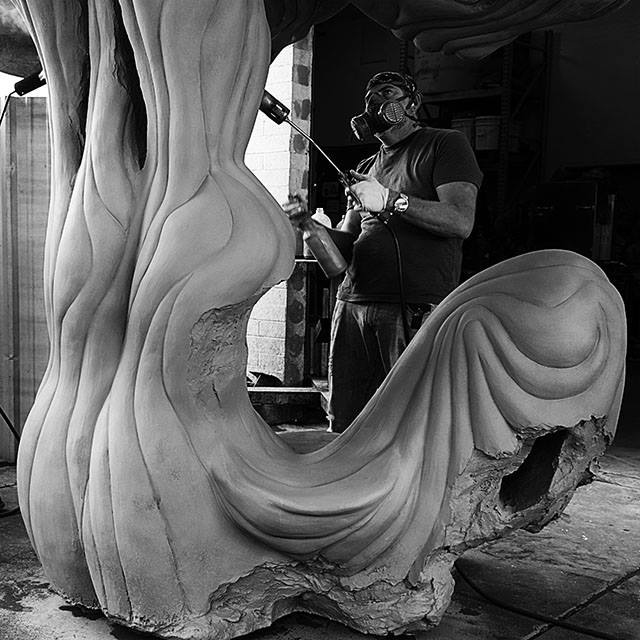Introduction to Casting Art
Casting art is a form of sculpture that involves melting and molding materials into desired shapes. This process transforms raw components, such as metal or resin, into stunning artwork. Artists choose casting for its precision, its ability to reproduce fine details, and the durability of its end products. As we enter 2024, casting art continues to be a testament to human innovation and creativity.
At its core, casting art is all about metamorphosis. Starting with a malleable or fluid substance, casting allows artists to transmute ephemeral ideas into solid forms. It plays a crucial role in various art forms, from small jewelry pieces to grand statues. Each work of casting art is a product of technical skill, a thorough understanding of the material, and the artist’s vision.
The beauty of casting lies in its versatility. It’s not restricted to a single material or scale, and as a result, artists can explore a multitude of expressions within a single medium. Whether it’s through ancient methods like sand casting or modern techniques involving eco-resins, the art of casting is as diverse as it is ancient.
In this blog, we’ll delve into the rich tapestry of casting art, looking at its history, techniques, and applications. We’ll also explore how current trends and innovations are shaping its future. Casting art isn’t just about looking back at what’s been accomplished; it’s a dynamic field, ever-evolving and adapting to new ideas and technologies. So, let’s embark on a journey to better understand this fascinating aspect of artistic expression.

History of Casting Techniques
Casting has roots deep in human history, dating back to ancient civilizations. The earliest societies, including Mesopotamia, Egypt, and China, utilized simple molds made from natural materials to shape metals into tools, weapons, and decorative items. These primitive methods set the foundation for the complex art of casting known today.
Ancient Techniques
Ancient casting began with basic sand and clay molds. Artisans would pour molten metal into these molds to create various objects. This was fundamental in the production of bronze sculptures and tools during historical times.
Modern Developments
As technology advanced, so did casting techniques. The introduction of methods like investment casting and die casting brought heightened precision and allowed for more intricate designs. These modern processes enable the creation of detailed and complex pieces, significantly impacting industries like aerospace and fine arts. Today’s artists and manufacturers continue to benefit from these evolved casting methods.
Overview of Casting Processes
Casting is an age-old art form, used to shape materials in their molten state into detailed objects. Artists and manufacturers employ several casting processes, each with unique benefits and applications. Let’s explore some of the most prevalent methods in the casting world today.
Sand Casting
Sand casting is the most straightforward and widely used process. A pattern of the final object is pressed into sand to create a mold. Molten metal fills the sand mold, solidifies, and is then broken out to reveal a new form. This method suits large, rough objects nicely.
Investment Casting
Investment casting, or precision casting, is known for its accuracy. Artists first create a wax model which is then encased in a ceramic shell. Once the wax melts away, molten metal is poured in to form the piece. It’s ideal for intricate designs and fine detail.
Die Casting
Die casting involves forcing molten metal into a high-pressure steel mold. This technique is fast and yields high-strength, detailed parts. Manufacturers use it for mass production of small to medium-sized objects.
Continuous Casting
For making uniform, long metal structures like rods and beams, continuous casting is the go-to process. Here, molten metal is shaped by passing through a cooled mold that solidifies the metal into continuous lengths. This method enhances efficiency in industrial production.

Specialized Techniques in Casting Art
Casting art encompasses various specialized techniques that cater to different artistic and functional needs. Here, we delve into two prominent methods: lost-wax casting and mold making and piece molding, highlighting their unique aspects and utility in the casting world.
Lost-Wax Casting
Lost-wax casting, also termed investment casting, delivers precision in replicating intricate details. This method starts with sculpting the original piece in wax which is then covered with a heat-resistant investment material. Upon heating, the wax melts away, leaving a hollow mold. Molten metal, poured into this cavity, forms the detailed artwork after cooling. This technique is ideal for creating complex jewelry and nuanced art pieces.
Mold Making and Piece Molding
Mold making and piece molding are about precision and repeatability. To create a mold, artists first design a model of the desired object. They then develop a mold around this model using materials like plaster or silicone. Depending on the complexity, the mold may be divided into several pieces. After crafting, these molds serve to produce several identical copies of the original design. This method is essential for high-volume production and is widely used in decorative arts and architectural highlights.
Applications of Casting in Art
Casting art has a vast presence in diverse artistic realms. From ancient to modern times, casting has shaped the aesthetics of different cultures.
Sculptures and Statues
Sculptures and statues are prime examples of casting art’s impact. Bronze, iron, and marble works stand in museums globally. Casting allows for these enduring symbols of history.
Artists prefer casting for sculptures due to its detail retention. Fine facial features and muscle lines emerge crisp from molds. Public spaces and galleries showcase these cast pieces, inspiring awe.
Decorative Art and Architecture
Beyond statues, casting influences decorative art and architecture. Intricate cast iron gates and ornate building facades demonstrate this. These pieces add timeless elegance to structures.
Casting creates durable decor, resistant to weathering. Balustrades, lamp posts, and door knockers often use casting. These art forms serve both function and beauty.
Casting’s versatility is evident in the variety of materials it employs. Metals, glass, and concrete adapt to casting, broadening its uses. This adaptability proves essential in architectural applications.
In conclusion, casting continues to play an integral role in art. Its ability to capture complexity and withstand time makes it invaluable. Sculptures, decorative elements, and architectural features all benefit from the art of casting.

Innovations in Casting Materials and Methods
The field of casting art is ever evolving, with new materials and methods continuously shaping its future. At the forefront of this innovation are eco-resins and sustainable practices, intertwined with the integration of technology. These advancements are enhancing the art form, offering new possibilities for creators and consumers alike.
Eco-Resins and Sustainable Practices
The use of eco-resins signifies a new era for casting art. These environmentally friendly materials are gaining momentum, especially among artists who are conscious of their ecological footprint. Eco-resins, often made from renewable plant-based resources, have a lower environmental impact compared to traditional synthetic resins.
Sustainable practices in casting go beyond materials. Artists are adopting methods that minimize waste and energy consumption. Recycled metals and biodegradable investment materials are examples of how the industry is adapting for a greener future. These practices not only benefit the planet but also add a narrative of responsibility to the art.
Technology Integration in Casting
Technology is transforming casting methods in profound ways. Digital design tools allow artists to create highly detailed models with precision unheard of in traditional methods. 3D printing technologies are being used to produce accurate molds and even cast objects directly in certain materials.
Artificial intelligence and virtual reality bring new dimensions to casting art. They enable artists to refine their designs and simulate the casting process before it happens, saving both time and resources. Furthermore, technology opens up possibilities for personalized and customized artworks, pushing the boundaries of traditional casting.
In essence, innovations in materials and methods are bringing new vigor to the casting art scene. They are making the process more sustainable, efficient, and accessible, paving the way for a future where art and technology coalesce seamlessly.
Conclusion: The Future of Casting Art
As we look ahead, the future of casting art shines with potential. Eco-resins are revolutionizing the field, offering sustainable alternatives. Casting art is entering a greener phase. Artists opting for these materials are leading the way. They create with less environmental impact, showcasing a commitment to our planet.
Innovations like 3D printing are changing the game. They offer precision and ease in mold creation. Customized art is becoming more accessible. Now creators can bring their unique visions to life easier.
What’s more, technology is merging with traditional casting. AI and VR are reshaping how artists work, lending them new tools to perfect their craft.
Looking to the horizon, casting art holds a bright and exciting future. It promises advancements in both the way art is made and its ecological footprint. With technology’s help, casting artists can create more while using less. Expect the unexpected as this age-old art form evolves. Casting art is set to captivate and inspire for years to come.